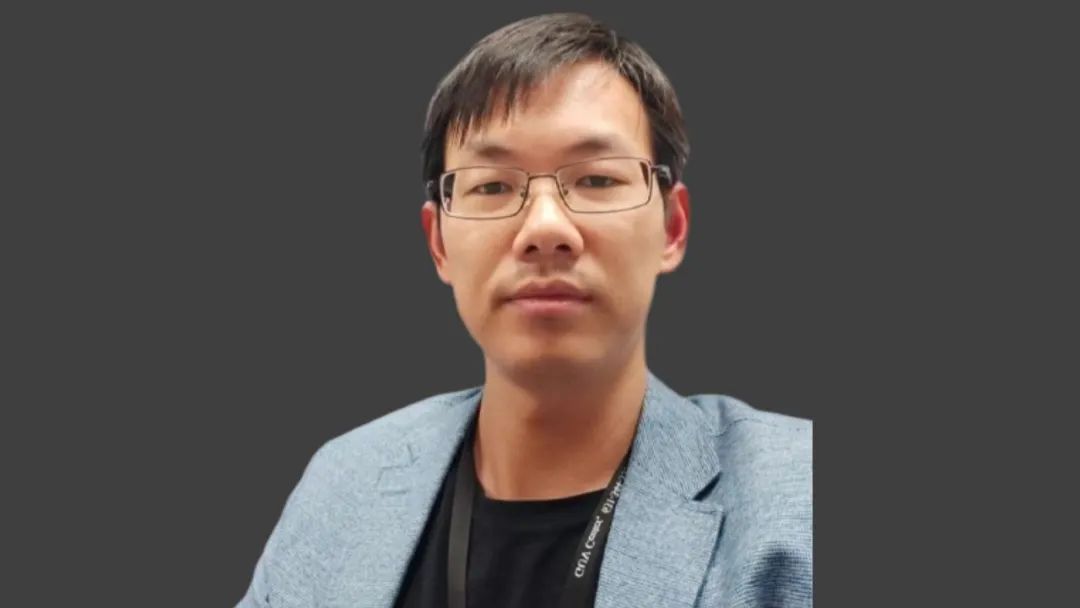"Informed AI News" is an publications aggregation platform, ensuring you only gain the most valuable information, to eliminate information asymmetry and break through the limits of information cocoons. Find out more >>
AI-powered electron microscopy reveals battery failure mechanisms, aiding the development of new materials.
- summary
- score

Researcher Wang Chunyang from the Institute of Metal Research at the Chinese Academy of Sciences has developed a super-resolution transmission electron microscopy imaging technique by integrating deep learning with atomic-resolution scanning transmission electron microscopy imaging. This technology has revealed the complex phase interface structures, phase transformation failure mechanisms, and mechanical instability mechanisms of layered oxide cathode materials in lithium-ion batteries. Wang Chunyang's research not only deepens the understanding of the failure mechanisms of layered oxides but also guides the development of next-generation battery cathode materials.
Layered oxides are key materials for lithium-ion batteries, but their phase transformation degradation and stress-induced failure issues limit battery performance. Wang Chunyang's research has revealed, at the atomic scale, the delithiation-induced lattice instability leading to the O3→O1 phase transformation in layered oxides, and found that this transformation is not entirely reversible. Additionally, he discovered a stress-induced phase transformation mechanism that challenges traditional understandings.
Based on these findings, Wang Chunyang designed new high-nickel cathode materials, which maintain a capacity retention rate of over 85% even after 1000 cycles, far exceeding existing materials. His research has shortened the development cycle of new materials and provided important theoretical support for enhancing the performance of electric vehicle batteries.
Wang Chunyang emphasizes that scientific research should not overly rely on equipment but should focus on the scientific issues themselves. His research achievements demonstrate this point, offering new perspectives and methods for the field of materials science.
| Scores | Value | Explanation |
|---|---|---|
| Objectivity | 7 | 全面客观,深入分析,揭示复杂机制。 |
| Social Impact | 5 | 影响广泛,对电池技术有显著推动。 |
| Credibility | 7 | 极高可信度,多重验证,权威来源。 |
| Potential | 6 | 极高潜力,将引发电池技术革新。 |
| Practicality | 7 | 极高实用性,已应用于新材料研发。 |
| Entertainment Value | 2 | 内容专业,娱乐性较低。 |